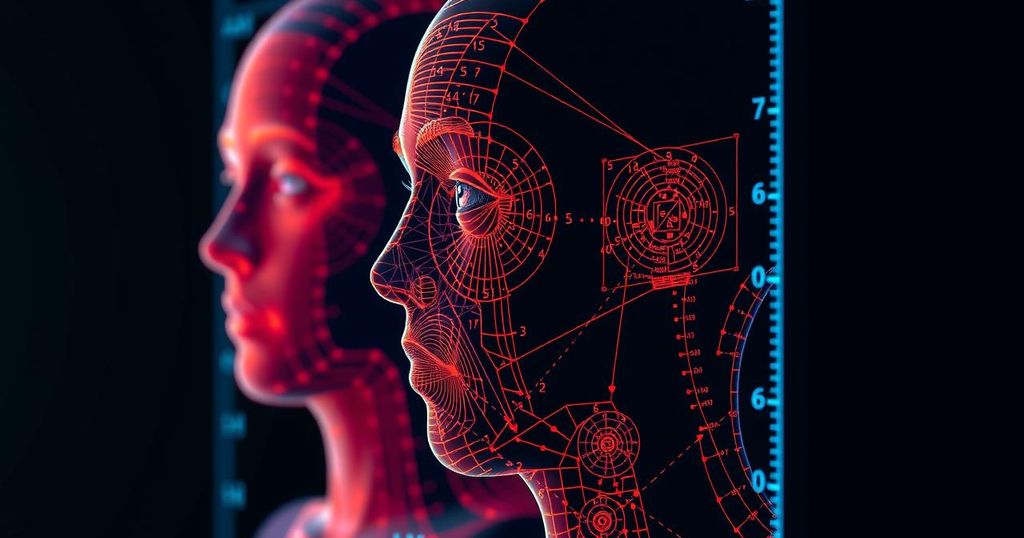Summary
Traditional facial recognition systems often struggle with accuracy due to varying lighting conditions and differences in skin tones. Thermal infrared (IR) facial recognition systems offer a solution by capturing the thermal emissions of faces, thus reducing reliance on visible light. Researchers have successfully employed convolutional neural networks (CNN) to boost identification rates with quality degraded thermal images, highlighting the potential for such systems in biometric identification.
The prevalence of facial recognition systems conventionally utilizing visible light images has highlighted significant challenges. These challenges arise from varying lighting conditions, weather influences, and differences in skin tones, all of which can hinder accurate identification rates. To mitigate these concerns, especially in biometric identification, thermal infrared (IR) facial recognition systems have emerged. Unlike traditional systems, thermal IR facial recognition leverages infrared cameras to capture the thermal emissions of the facial surface, resulting in more reliable images unaffected by ambient lighting variability. Nonetheless, there are still challenges to overcome with thermal IR technologies. Issues such as noise, blurring, compromised spatial resolution, and fluctuations in temperature can affect image quality. A research team from Arab Open University and Kuwait Technical College has proposed an innovative solution using convolutional neural networks (CNN) designed to enhance recognition capabilities despite these degradations. Their findings suggest that the CNN model is adept at recognizing thermal images and demonstrates strong performance even with compromised visual data. Convolutional neural networks operate based on supervised learning principles, utilizing labeled datasets for training. During the training phase, CNNs learn the optimal filters and weights for each layer through a process of backpropagation and gradient descent, minimizing the discrepancy between predicted outcomes and actual labels. The study particularly employs stochastic gradient descent, an optimization approach aimed at progressively reducing loss by adjusting model parameters effectively. The researchers utilized the ResNet-50 architecture in their experiments, which consists of stacking residual blocks that include 3×3 convolution layers, batch normalization, and activation functions. This architecture adeptly addresses the vanishing gradient problem, a common hurdle in deeper networks that can impede learning efficacy. The experimental phase leveraged a dataset comprising 7,500 thermal images, encompassing various image quality levels, facial poses, expressions, and resolutions. The results reinforced the effectiveness of the proposed CNN approach, demonstrating notably high identification rates, underscoring its potential applications in advanced biometric systems.
Facial recognition technology has traditionally relied on visible light images, which are subject to environmental fluctuations like lighting and weather changes. Additionally, variations in skin tone among different ethnic groups can further complicate recognition accuracy. In contrast, thermal IR facial recognition systems present a promising solution by capturing the thermal emissions of human faces, ensuring stable imaging that is not affected by ambient light conditions. As this technology develops, researchers are exploring its applications in both biometric identification and law enforcement, necessitating robust systems that can handle the challenges posed by thermal imaging, such as noise and image degradation.
The adoption of thermal infrared facial recognition systems offers a significant advancement in biometric identification, addressing the limitations of conventional visible light systems. The innovative integration of convolutional neural networks enhances recognition capabilities, ensuring effective performance even in less than ideal imaging conditions. Through the use of sophisticated architectures like ResNet-50 and optimization techniques such as stochastic gradient descent, researchers demonstrate the feasibility and reliability of these systems in improving identification rates across diverse scenarios.
Original Source: www.biometricupdate.com





